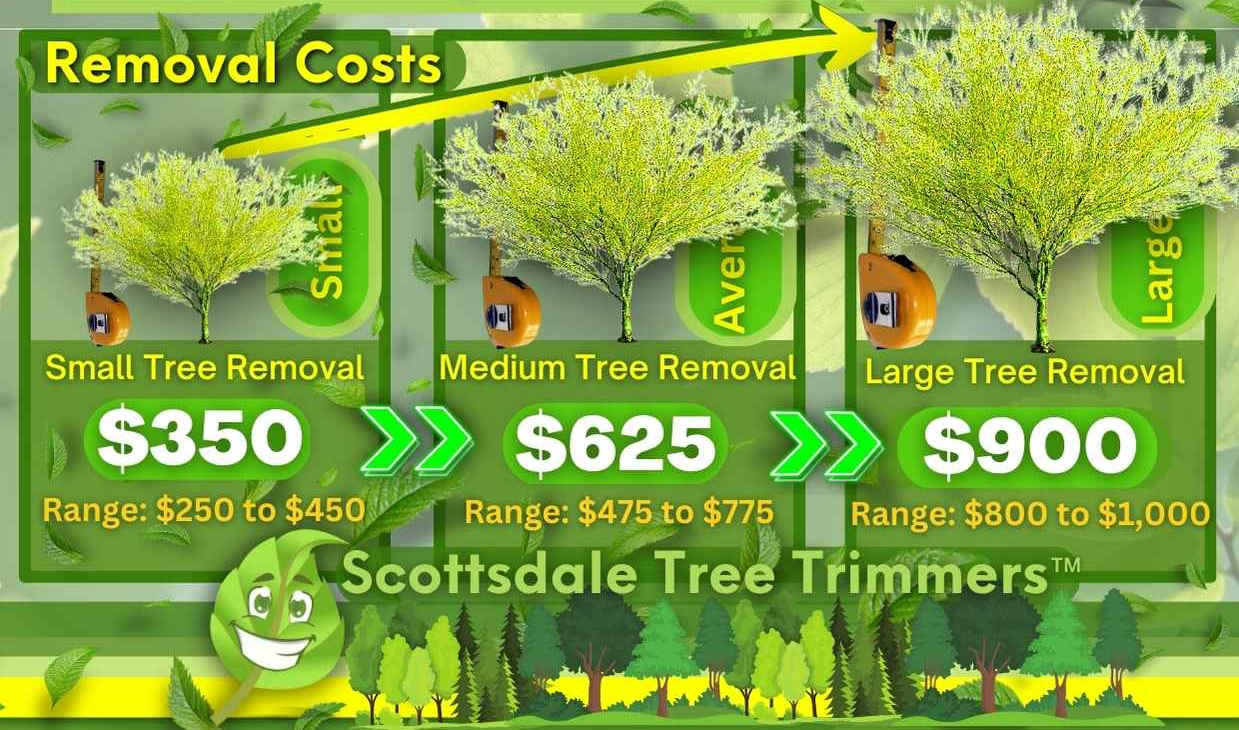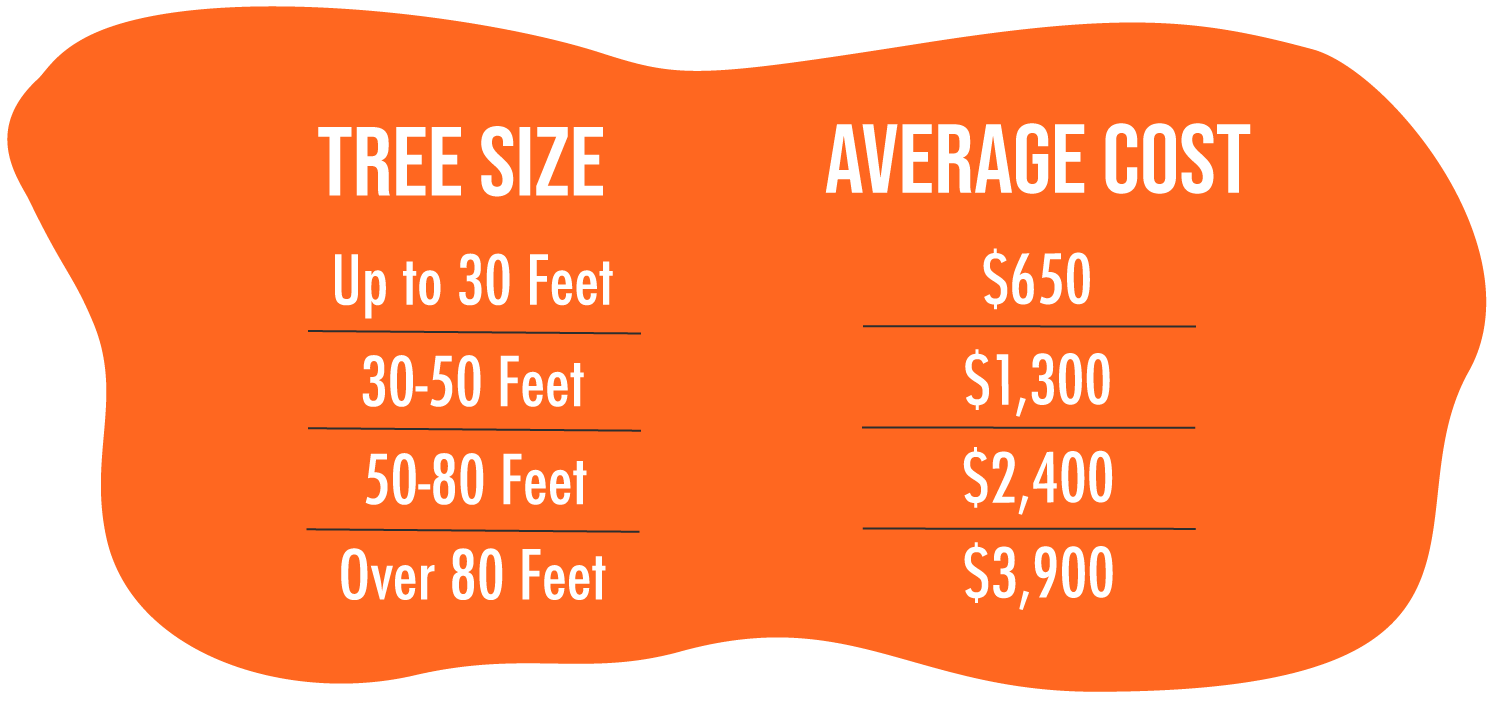Featured
Table of Contents
- – Sugar Land, TX Tree Service Common Questions
- – Sugar Land, TX Tree Clearing: Affordable Solut...
- – Sugar Land, TX Tree Clearing Budget Calculator
- – Sugar Land, TX Tree Clearing Service Contract...
- – Sugar Land, TX Stump Grinding Reviews And Pri...
- – Sugar Land, TX Stump Grinding Market Rates
- – Sugar Land, TX Tree Service: What Not To Pay
- – Best Tree Cutting Rates In Sugar Land, TX
- – Unbiased Sugar Land, TX Stump Grinding Reviews
- – Sugar Land, TX Stump Grinding Pricing Tiers
- – Sugar Land, TX Stump Grinding Customization ...
- – Industrial Tree Trimming Pricing In Sugar La...
- – Sugar Land, TX Tree Clearing Payment Options
- – Sugar Land, TX Arborist Rate Structure
- – Leading Affordable Tree Clearing In Sugar La...

The subsections below offer more in-depth information about prices, including an average variety for each. TypeAverage Elimination CostPineConiferPalmMagnoliaArborvitaeAshCedarSweet GumEucalyptusSycamoreCypressOakMaplePoplar You can anticipate to pay in between to get rid of a pine, depending on its size. Eliminating a pine is one of the more budget-friendly jobs unless it is one that has been around for many years and is rather large.
Sugar Land, TX Tree Service Common Questions
Pines also have a tap root that grows deep into the soil, which can prove to be more hard to eliminate. The process itself involves an expert cutting the tree, clearing the base, cutting the surface area roots, eliminating the stump, and finally treating the soil. Without a professional hand, you risk leaving pine seedlings behind, which will fall from the roots of distressed pines.
Sugar Land, TX Tree Clearing: Affordable Solutions
The U.S. national average for conifer removal is approximately to have the conifer reduced, hauled away, and the stump ground or gotten rid of completely. Conifers are usually easier to get rid of, and although they can grow quite high, they do not cost a fortune to get rid of. Conifers consist of pine, spruce, fir, and juniper trees.
Sugar Land, TX Tree Clearing Budget Calculator
While conifers are gorgeous, they kill native plants and certain types of grass (tree removal). The average price of palm removal depends on the height as much as the type, ranging from.
Sugar Land, TX Tree Clearing Service Contracts: Costs
That is why it is necessary to understand which type you are getting rid of. While you do not require an herbicide to kill a palm tree, there are some actions your removal expert will need to require to guarantee the job is done correctly. There are 2 methods they can get rid of them: by chopping them down or digging them up.
Sugar Land, TX Stump Grinding Reviews And Prices
This is since little animals like rats and scorpions frequently live in them. Plus, many types will have spikes, too. From there, they eliminate the actual tree and after that the stump. Anticipate to pay in between to remove this type of tree, depending on the exact size and information of the job.
Sugar Land, TX Stump Grinding Market Rates
There are three types: green, white, and black ash. With its gray-tinged bark, its leaves are green or purple in the spring and golden yellow or purplish-red in the fall.
Sugar Land, TX Tree Service: What Not To Pay

Due to the variation in height, the elimination price difference is broad from. A coniferous, evergreen tree, the cedar is a durable species.
Best Tree Cutting Rates In Sugar Land, TX
The growth of incorrect cedars differs from 50 feet as much as 230 feet high. House owners might pay anywhere from, depending on the roots. With star-shaped leaves and stunning fall colors, the sweet gum is thought about a medium to big tree. Delighting in full sun, the sweet gum can not tolerate pollution.
Unbiased Sugar Land, TX Stump Grinding Reviews
Normally, it costs in between to get rid of a eucalyptus. Eucalyptus are not typical everywhere, but they are quite large compared to others, which is why even the smaller sized ones are so pricey to get rid of.
Sugar Land, TX Stump Grinding Pricing Tiers
There are a handful of methods to do this, including burning, pulling, grinding, or killing them with herbicide. Anticipate to pay in between to eliminate sycamores, based upon the height, trunk size, and amount of work included. Sycamores are one of the largest wood trees, typically varying from 60 to 100 feet high and as wide as 15 feet.
Sugar Land, TX Stump Grinding Customization Costs
The very first 2 actions will expose the withins of the tree and cut off the circulation of nutrients up the trunk. From there, a professional uses herbicide to kill the tree and cuts down the trunk. Then, they will kill the stump. Otherwise, brand-new sprouts may grow from it. Cutting down and getting rid of a full-grown cypress might cost as much as.
Industrial Tree Trimming Pricing In Sugar Land, TX
There are various kinds of Cypress trees, however the most common are the Leyland, Arizona, Bald, and Italian. The Bald Cypress grows in swampy or extremely moist locations while the others delight in a dry, warm, or hot climate (stump grinding). They can grow as high as 80 to 100 feet high
Sugar Land, TX Tree Clearing Payment Options

Prone to illness, the Cypress is one of the most treasured woods for furnishings. The typical oak grows to around 60 feet, and depending on the complexity of the removal, it costs an average of to get rid of. The exact size of your oak and the effort required to fell it impact what you will in fact spend for elimination together with any extra services like stump grinding.
Sugar Land, TX Arborist Rate Structure
Access to the trees and the roots will likewise impact the total expense. Maples can quickly mature to 100 feet or more and usually expense in between to remove from your home. The final cost depends on the actual height and complexity of the job. Maples are normally amongst the more costly trees to eliminate because of their size and the work associated with the removal.
Leading Affordable Tree Clearing In Sugar Land, TX
Poplars are giants of the types. Growing as high as 90 to 115 feet, these enormous lumbers are mainly discovered in The United States and Canada and consist of the aspen, cottonwood, and balsam trees. Boasting an extensive root system, poplars can be costly to eliminate when fully grown. The procedure to remove trees involves all the cutting and cutting of the branches and trunk, bringing it down to a stump.
Table of Contents
- – Sugar Land, TX Tree Service Common Questions
- – Sugar Land, TX Tree Clearing: Affordable Solut...
- – Sugar Land, TX Tree Clearing Budget Calculator
- – Sugar Land, TX Tree Clearing Service Contract...
- – Sugar Land, TX Stump Grinding Reviews And Pri...
- – Sugar Land, TX Stump Grinding Market Rates
- – Sugar Land, TX Tree Service: What Not To Pay
- – Best Tree Cutting Rates In Sugar Land, TX
- – Unbiased Sugar Land, TX Stump Grinding Reviews
- – Sugar Land, TX Stump Grinding Pricing Tiers
- – Sugar Land, TX Stump Grinding Customization ...
- – Industrial Tree Trimming Pricing In Sugar La...
- – Sugar Land, TX Tree Clearing Payment Options
- – Sugar Land, TX Arborist Rate Structure
- – Leading Affordable Tree Clearing In Sugar La...
Latest Posts
Why Are Atoka, TN Tree Clearing Affordable
Macedonia, OH Tree Trimming: Budget-Friendly Options
What Impacts Tree Trimming Costs In Peoria, IL
More
Latest Posts
Why Are Atoka, TN Tree Clearing Affordable
Macedonia, OH Tree Trimming: Budget-Friendly Options
What Impacts Tree Trimming Costs In Peoria, IL